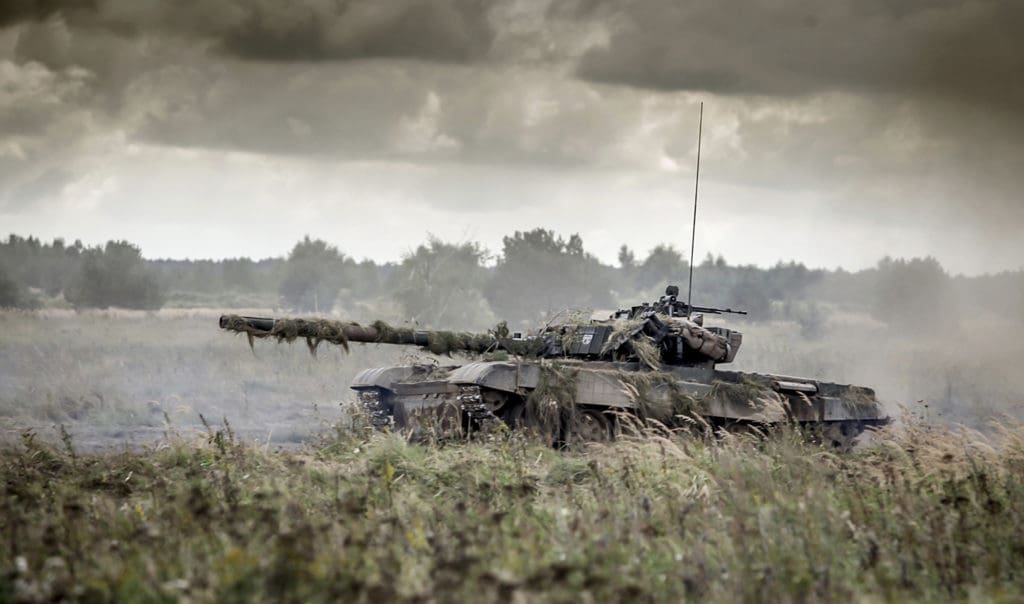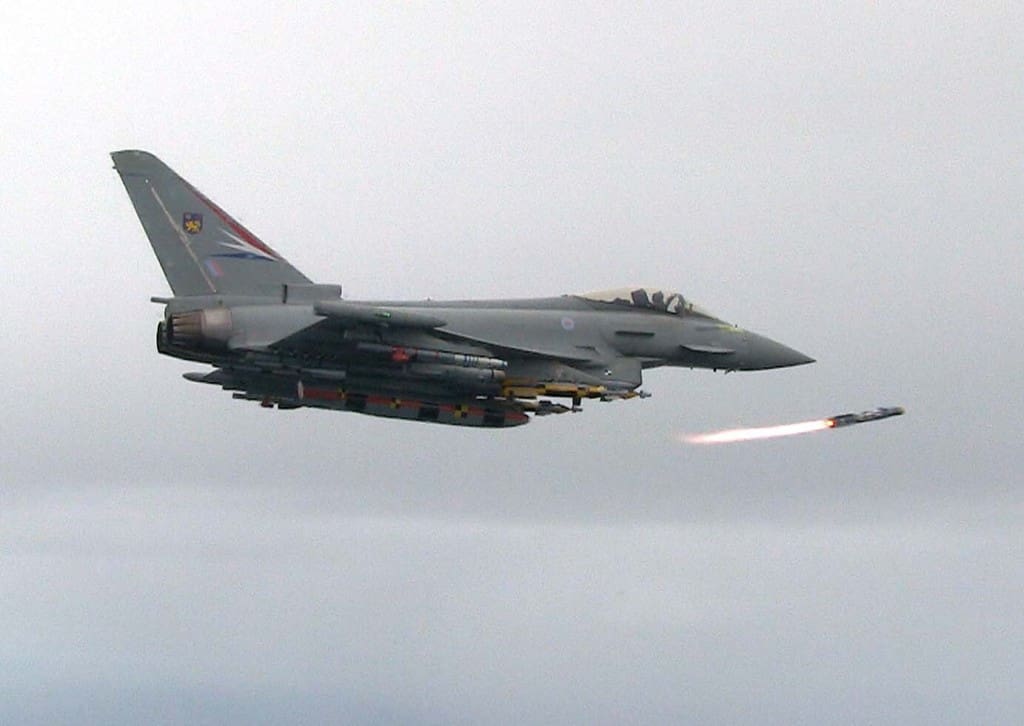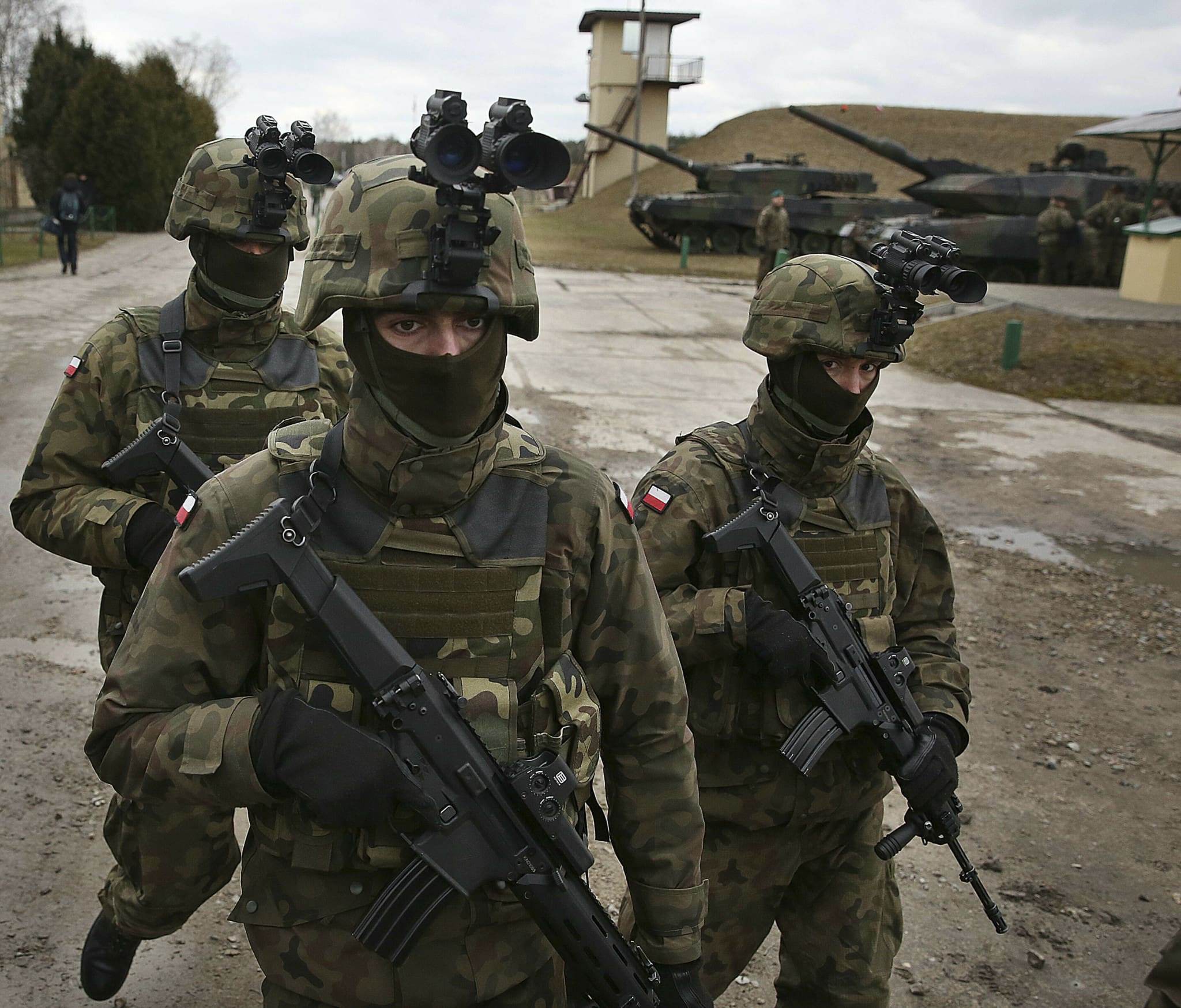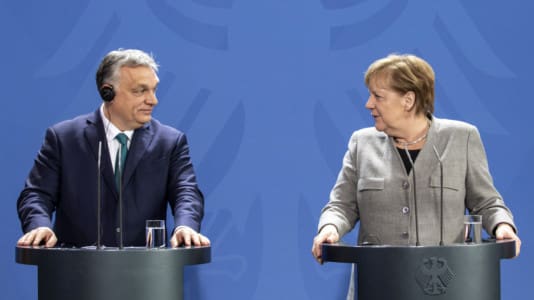European Union member states spent a record €198 billion on defense in 2020, the 2019-2020 report of the European Defense Agency shows.
The EU agency has been recording this type of data since 2006 and the fresh report shows the 2020 increase was amounted to 5 percent. According to the EDA report, 19 member states increased their spending in the previous year, with an increase of at least 5 percent for 13 governments and more than 10 percent for six governments.

The increase in defense spending may be due to the fact that although most EU states are members of NATO, they want to be able to act independently of the organization and the United States if necessary.
However, the document also points out that seven member states have reduced their spending by a combined €1.42 billion.
“The sustained increase in European defense spending is a positive development and the 2020 data show that the failures of the deep defense austerity measures following the 2007-2008 financial crisis are unlikely to recur,” assessed the EDA report by Jiří Šedivý, the Agency’s Executive Director of Czech origin, appointed last year.
EDA data also show that joint investment by EU member states is on a downward trend and has declined significantly over the past few years, with a significant drop since 2016 in particular. Last year, member states spent a total of €4.1 billion on new equipment in joint projects, a 13 percent drop from 2019. This is the third-lowest value registered by the agency so far.
There is also a decline in the procurement of various equipment. According to data provided to the EDA, only 11 percent of purchases were made between EU member states in 2020, which is not enough to meet the 35 percent commitment for permanent structured cooperation (PESCO).
Only three member states were able to meet the quota. According to the commitments made in 2017, at least one third of this type of procurement should be between EU member states.
“On the basis of published data, the declining trend in European cooperation spending is particularly worrying. However, we have reason to believe that this trend will reverse in the coming years as a result of the PESCO projects and the launch of the European Defense Fund,” the report found.

According to the agency, the EU has also launched a joint weapons base, with member states working on 60 joint military projects to create a new rapid reaction force. However, the EDA also pointed out that investment in defense research and technology was fragmented, although last year spending on the two sectors was €2.5 billion, a huge increase of 46 percent from 2019. According to the agency, one serious hurdle is that defense projects are largely carried out at national level and there is a lack of cooperation between member states.
However, the report emphasizes that six countries are exempt from the trend, namely Croatia, Estonia, Italy, Poland, Portugal, and Spain, which have made at least 20 percent of their investments with EU member states.
The agency, set up in 2004, is provided with data by national ministries of defense on an annual basis, in accordance with a decision adopted in November 2005. The EDA covers a total of 26 member states, as Denmark is not involved in EU military affairs.
According to data from the Stockholm International Peace Research Institute, Hungary’s defense spending last year rose to $2.46 billion (€2.17 billion) from $2.05 billion (€1.81 billion) in 2019.





